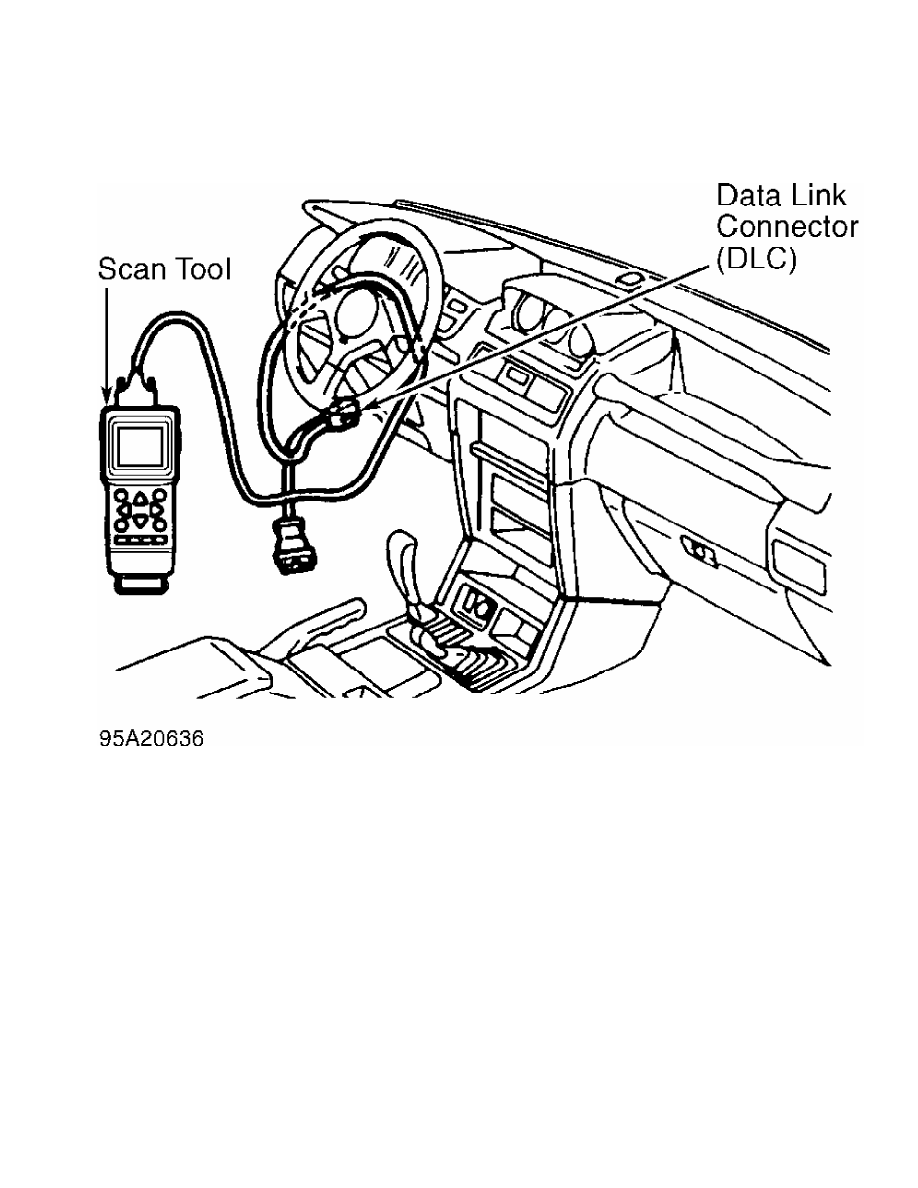Mitsubishi Montero (1998+). Manual - part 40

Fig. 5: Retrieving Codes Using Scan Tool
Courtesy of Mitsubishi Motor Sales of America.
Retrieving Codes Using Oil Temperature Warning Light
1) Using jumper wire, ground DLC terminal No. 1. See Fig. 6.
Note number of flashes from oil temperature warning light on
instrument panel. See Fig. 7. If normal system operation exists, oil
temperature warning light will blink 2 times per second. See Fig. 8.
2) If system is operating correctly and no DTC exists, turn
ignition off and remove jumper wire. If DTC exists, oil temperature
warning light will flash once every 2 seconds. The number of flashes
will equal first digit of DTC. After a pause of 2 seconds, second
digit will be displayed. Oil temperature warning light will flash once
every half second for second digit. See Fig. 8.
3) If more than one DTC exists, next DTC will be displayed
after pause of 3 seconds. Smallest DTC number will be first. DTCs will
be repeated.
4) Once DTC is obtained, determine probable cause and
symptom. See DIAGNOSTIC TROUBLE CODE IDENTIFICATION table. To trouble
shoot DTC, see DIAGNOSTIC TESTS. Turn ignition off and remove jumper
wire.
NOTE: Once repairs have been performed, DTCs must be cleared from
TCM memory. See CLEARING DIAGNOSTIC TROUBLE CODES (DTC).